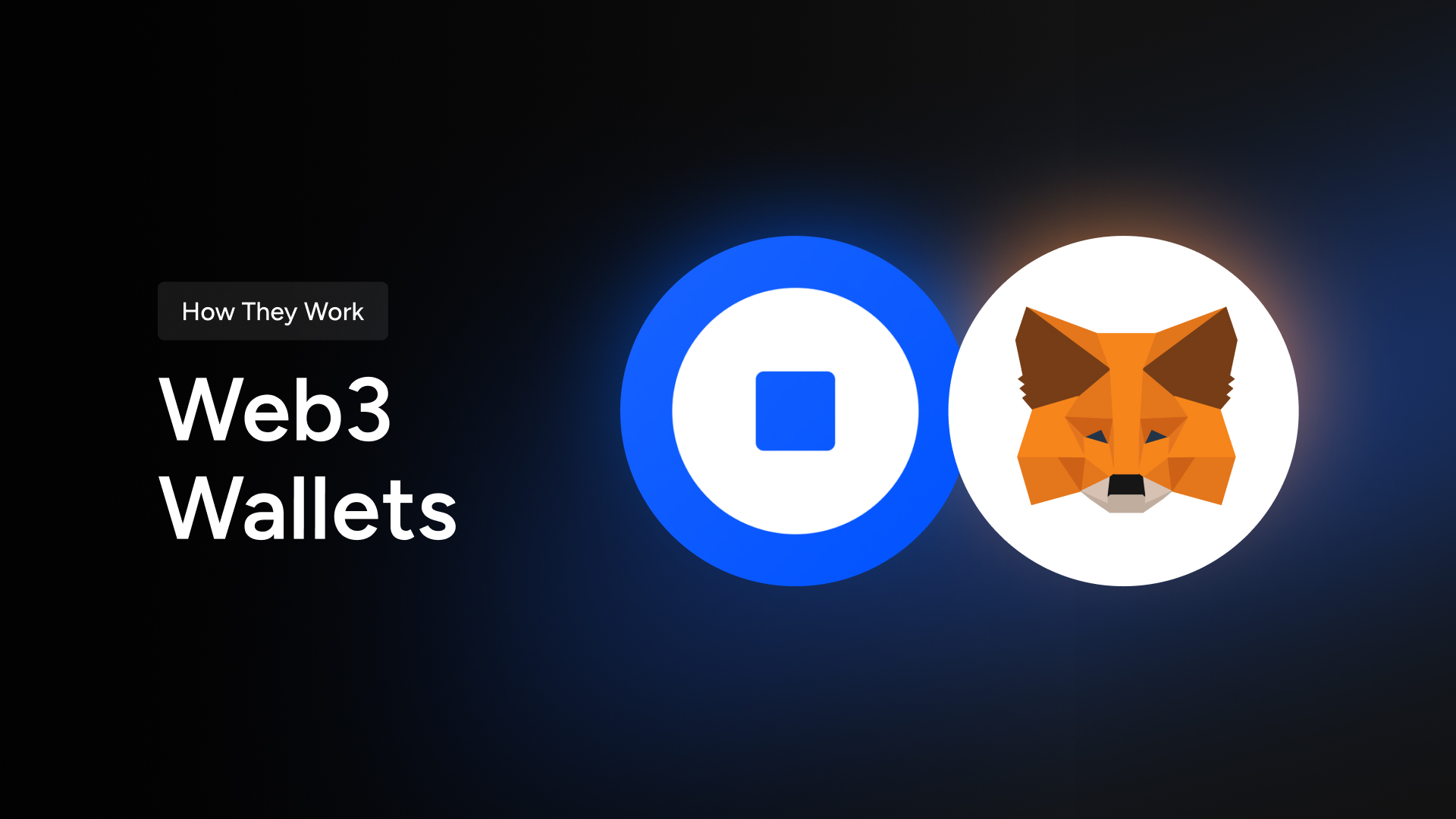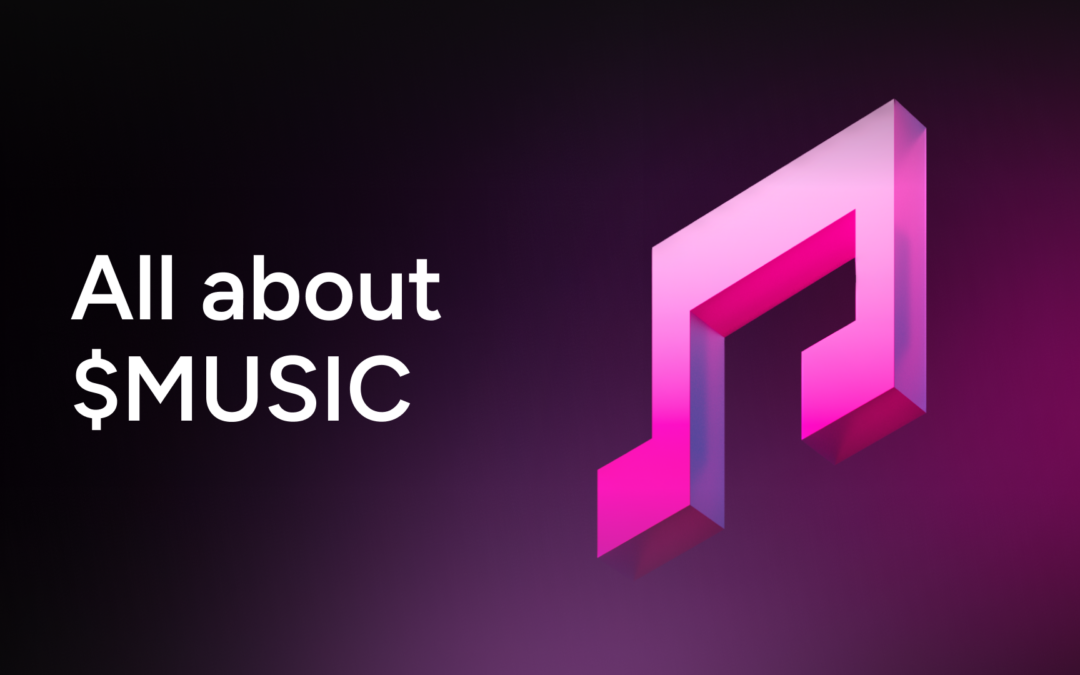Web3 wallets are fundamental tools that allow users to interact with decentralized applications (dApps) like Gala Music.
While a traditional wallet stores currency, a web3 wallet stores cryptographic keys—both public and private—that represent ownership and provide the functionality to interact with various blockchain networks.
Importance of Web3 Wallets
Web3 wallets are not just storage units for cryptocurrencies but gateways to a burgeoning ecosystem of decentralized applications that allow you to:
- Manage Identities: Your wallet can act as your digital identity in the web3 space, enabling interactions with dApps without the need for traditional login systems.
- Execute Transactions: You can send and receive cryptocurrencies, interact with smart contracts, and engage with various blockchain functions directly from your wallet.
- Hold Assets: Beyond cryptocurrencies, web3 wallets can hold a variety of digital assets, including NFTs (Non-Fungible Tokens), which are critical for platforms like Gala Music.
“What are Web3 Wallets?” –Binance Academy
Types of Web3 Wallets
There are several different types of blockchain wallets, facilitating different types of security and varying degrees of convenience and user control. Below you’ll find a list that briefly outlines some of the most important types of wallets.
The GalaChain ecosystem easily integrates with Metamask because it falls into several of the categories below. It is a software wallet with a browser extension as well as a robust mobile wallet solution, and it allows you to control your own private keys.
HOT WALLETS – These are considered “hot” because they all involve internet connections for enhanced capabilities and convenience.
“Hot Wallets vs. Cold Wallets: Self Custody 101” -Blockworks
- Browser Extension Wallets (Metamask) : Installed as browser extensions, these wallets allow simple and direct interaction with dApps from web browsers.
- Mobile Wallets (Metamask, Trust Wallet): Many wallet providers offer smartphone apps for managing cryptocurrencies and accessing dApps on the go.
- Desktop Wallets (Exodus): Installed on computers, these software wallets offer robust security and comprehensive asset management, but are often less convenient to use.
- Web Wallets (MyEtherWallet): Accessible via web browsers, convenient but generally less secure.
- Multi-Signature Wallets (Gnosis Safe): Requires multiple private keys for transactions, adding security for shared funds.
Web3 wallets always fall into one of the following categories: Custodial or non-custodial, depending on whether or not the owner of the account controls the wallet’s private keys.
- Custodial Wallets (Coinbase Wallet): Managed by third parties, custodial wallets offering ease of use but less control over funds.
- Non-Custodial Wallets (MetaMask, Trust Wallet): Users control their private keys, offering more security but requiring responsibility for key management.
COLD WALLETS – These are considered “cold” or “offline” wallets because they do not require an internet connection and while more secure, are less convenient for transactions.
“What is a Cold Wallet?”-Ledger Academy
- Hardware Wallets (Ledger Nano S, Trezor): Physical devices storing private keys offline, providing high security.
- Paper Wallets (Just what they sound like): Physical pieces of paper containing printed private keys and public addresses. Users generate these keys offline and store them in a secure place, such as a safe, to prevent unauthorized access.
Your GalaChain Wallet
Every Gala account has a built-in GalaChain wallet that allows you to receive and transfer GalaChain tokens, including unique non-fungible tokens such as music tracks and game items, as well as fungible tokens such as $GALA or $MUSIC.
GalaChain is a layer1 blockchain, built for interoperability with Ethereum. Therefore, your GalaChain assets can exist on either blockchain (GalaChain or Ethereum) at any given time.
Your new GalaChain wallet does not have the capacity to hold Ethereum-based tokens until you connect your Gala account to an Ethererum wallet. Connecting your external Ethereum wallet is easy. We recommend Metamask, the trusted and leading third party software wallet.
Connecting your Web3 Wallet
To unlock the ability to bridge GalaChain assets to Ethereum, you’ll need to connect your external web3 wallet. In your account Settings, navigate to the Linked Accounts menu.
Currently, three leading software wallets are supported for connection: Metamask, Coinbase Wallet and OKX Wallet. For this example walkthrough, we will use Metamask.
- Create a Metamask Wallet
If you don’t already have one, you’ll need to download Metamask and create a new wallet. Follow the simple instructions in this support article to ensure that Metamask is properly installed in your browser.
You can also download Metamask on your mobile device by following the instructions in the following support articles:
- Import Tokens to your Metamask Wallet
Individual tokens must be manually imported to be displayed in your Metamask wallet. If you bridge tokens to Ethereum from GalaChain, they will not show up in Metamask until you complete this step for that token.
To import $GALA, all you need is the token’s Ethereum contract address, which you’ll find on Coinmarketcap in the area circled below.
- After copying that contract address to your clipboard, open your Metamask extension and locate Import Tokens in the Tokens tab.
- Next, click to the Custom Token tab and paste the contract address for $GALA. The rest of the token information will populate.
- Finally, confirm the token Import and you’ll then see the token in your wallet.
Be sure to import any token that you want listed in your Metamask wallet using the steps above. Then when any quantity of that token is transferred to your wallet, it will show your balances.
Please note that if you receive tokens before they’re imported, you still own them– They’ll just need to be imported before they are displayed.
3. Connect your Web3 Wallet to your Gala Account
This is the part that makes your GalaChain wallet easily interoperable with your Ethereum wallet through your Gala account.
Once your Metamask wallet is configured simply click Connect Wallet and choose Metamask to initiate a signature transaction within Metamask. Once you approve that transaction, your wallet will be connected, ready to bridge to and from Ethereum or transact with Ethereum-based tokens.
You’re ready to experience the wide world of web3 through GalaChain and beyond! Hopefully you learned something new. To explore more topics or ask specific questions, visit Gala Support at https://support.gala.com/.
Join the web3 music revolution at Gala Music to listen to ad-free music from new artists absolutely free, collect limited supply and reward enabled NFT tracks, unlock All Access experiences from your favorite artists and much more.
Our artists enjoy more freedom, more opportunities and a massive 70% revenue share from sold tracks. Interested in leveling up your career and becoming a Gala Music artist? Start here with our Artist Upload program!





